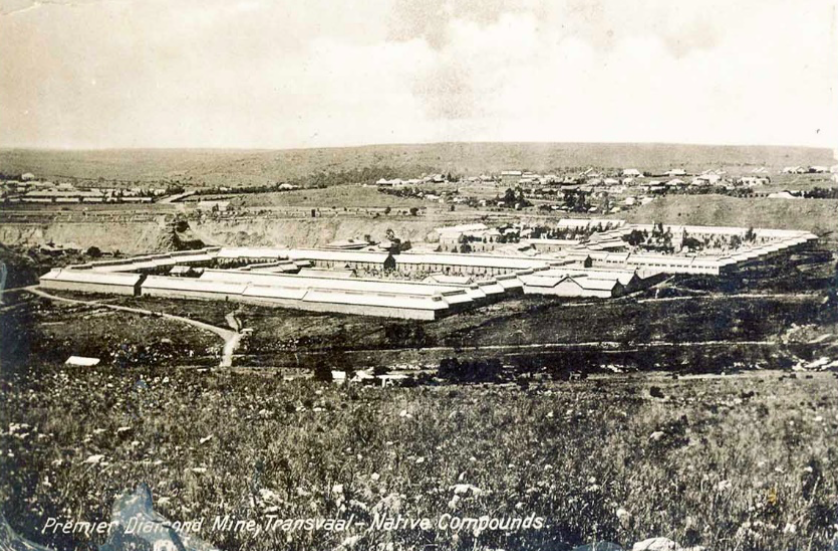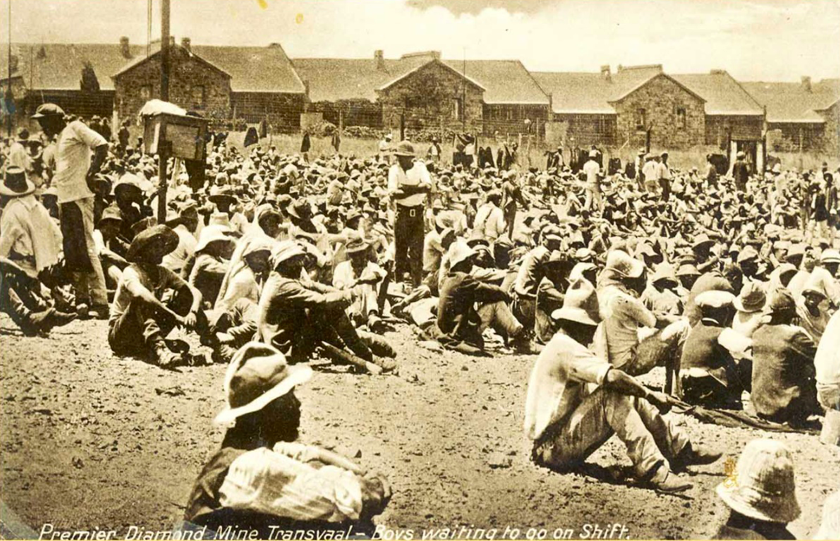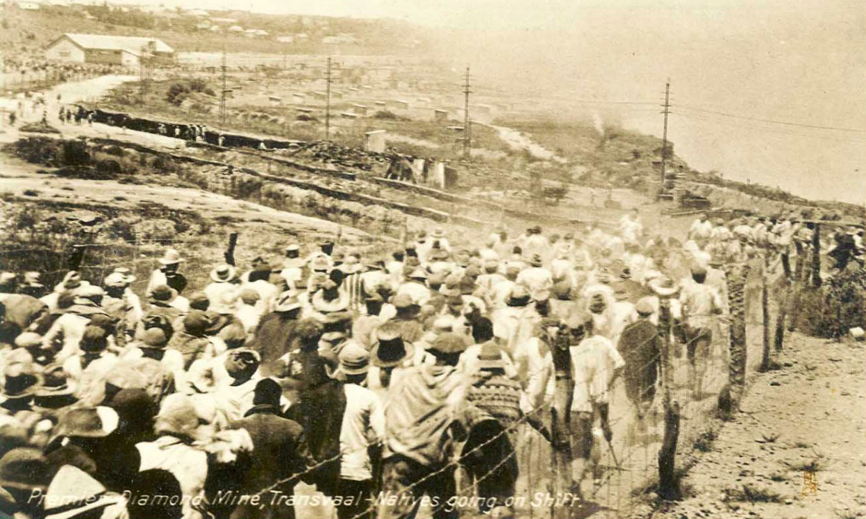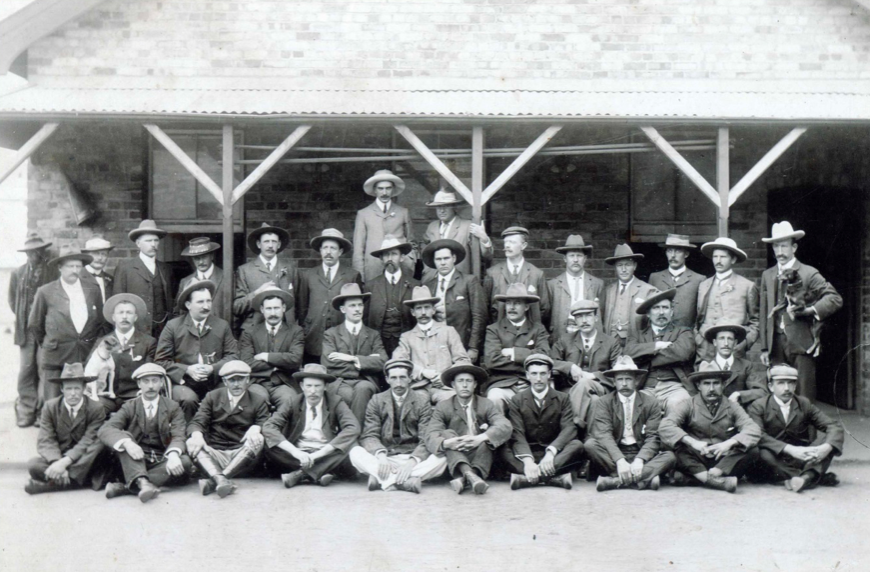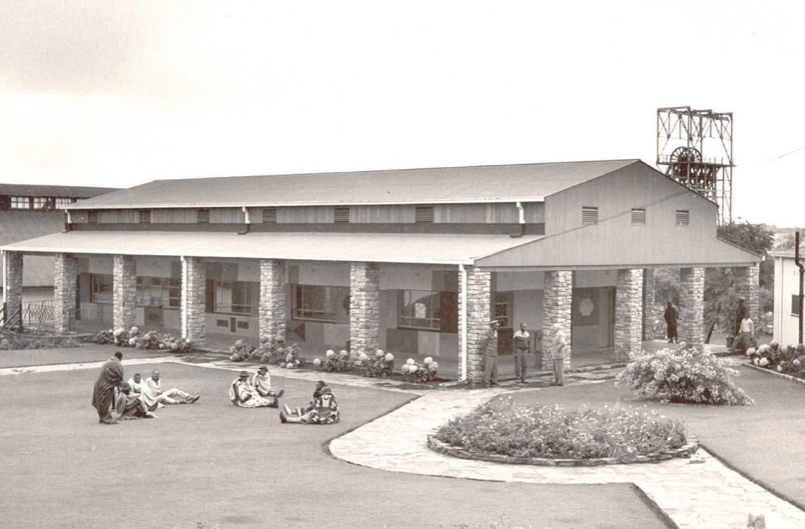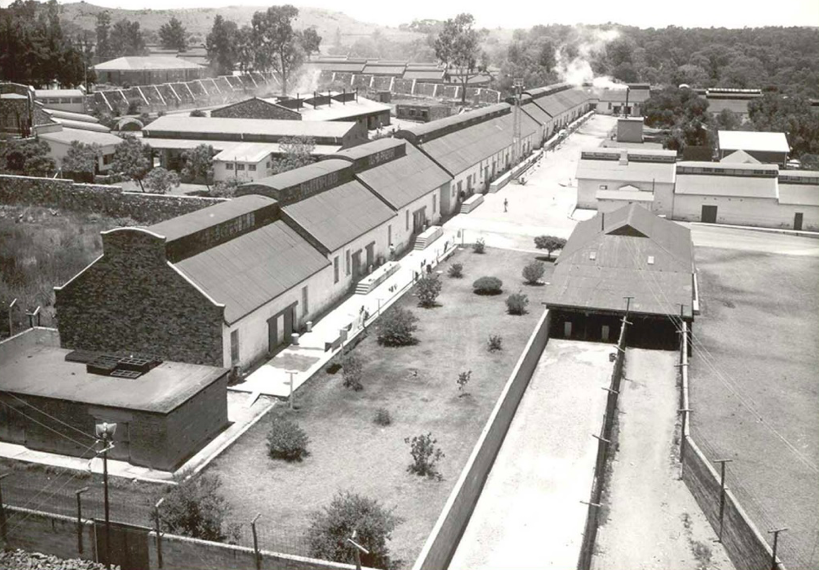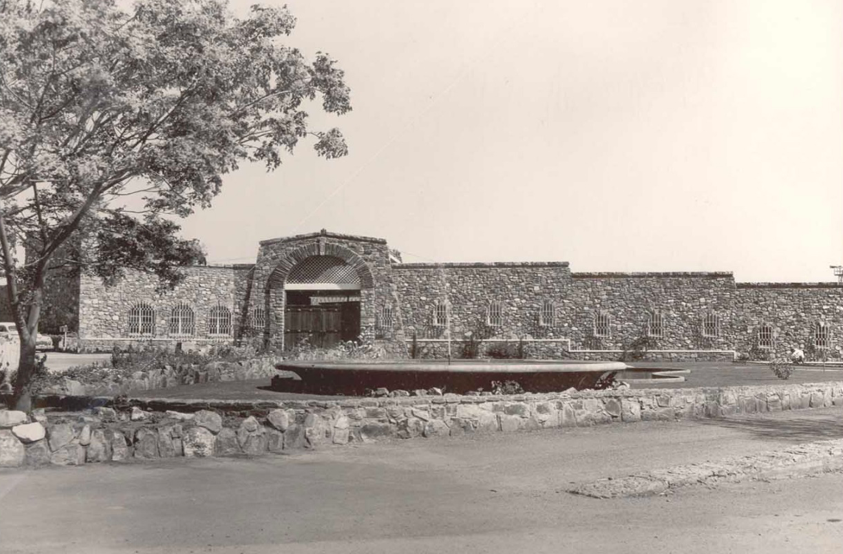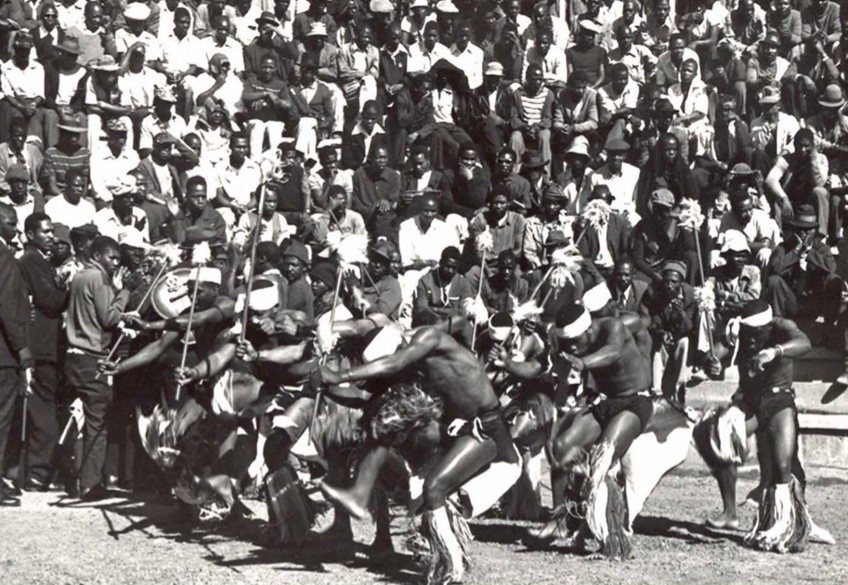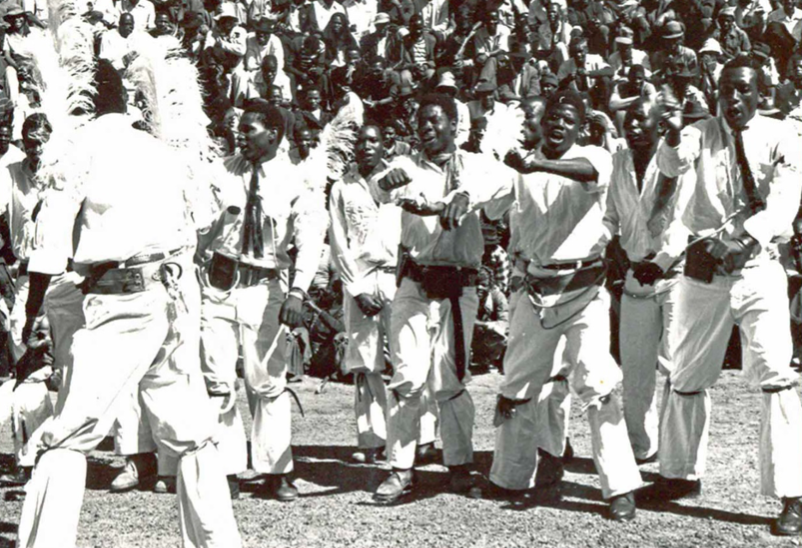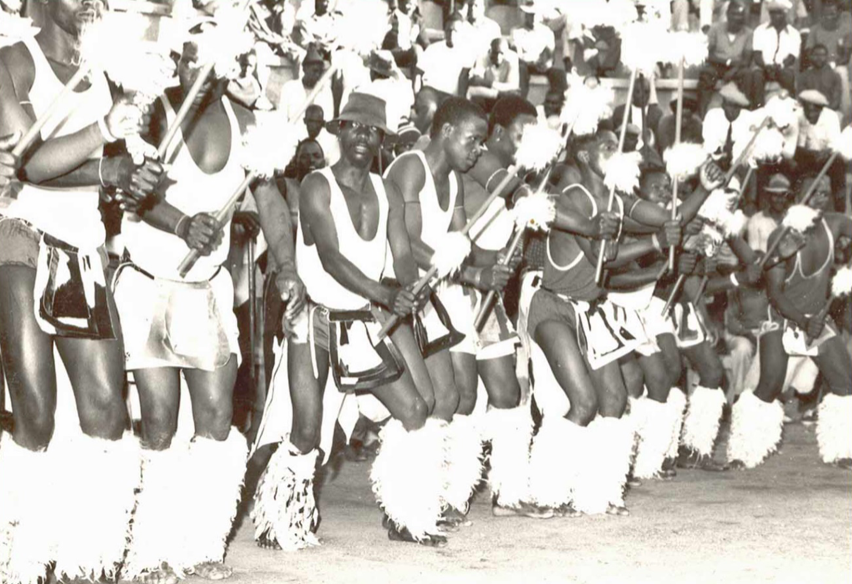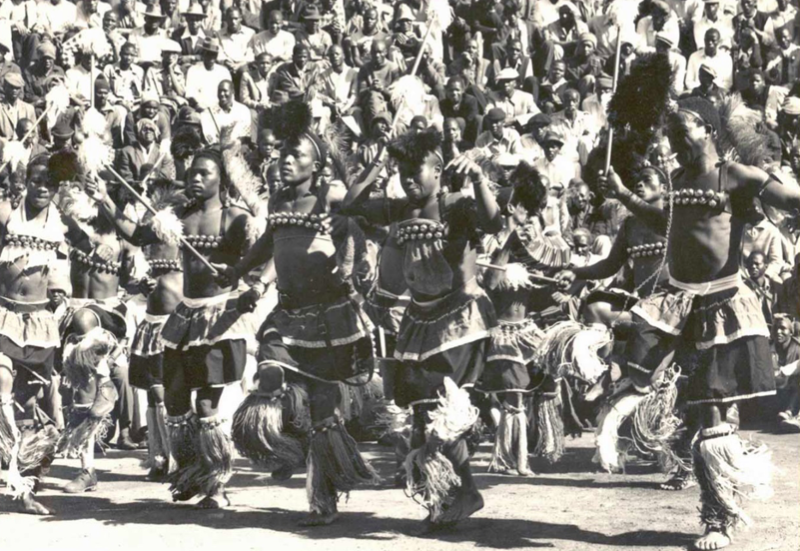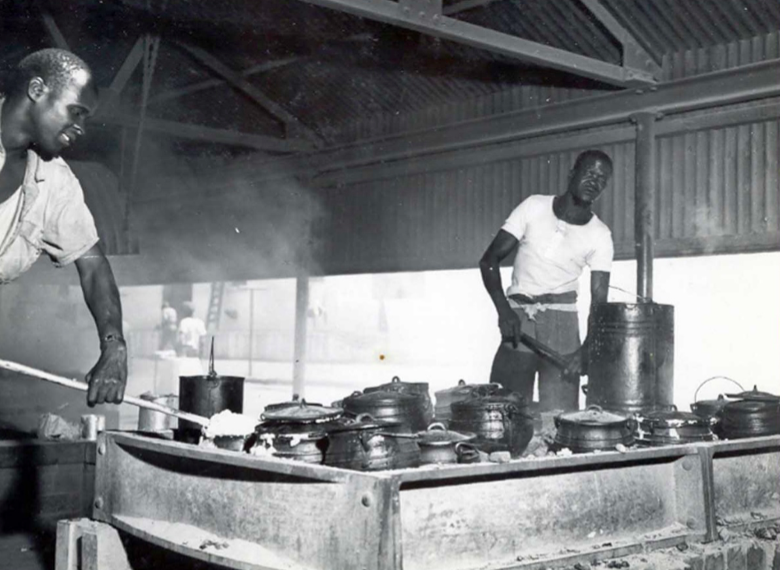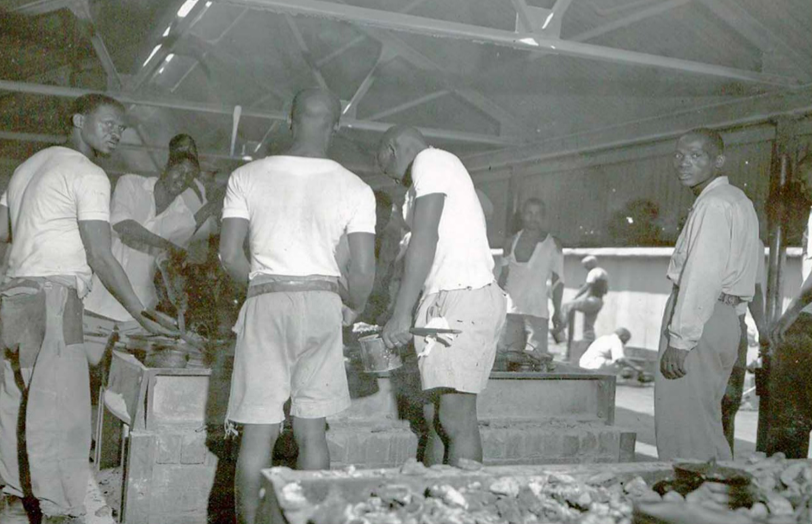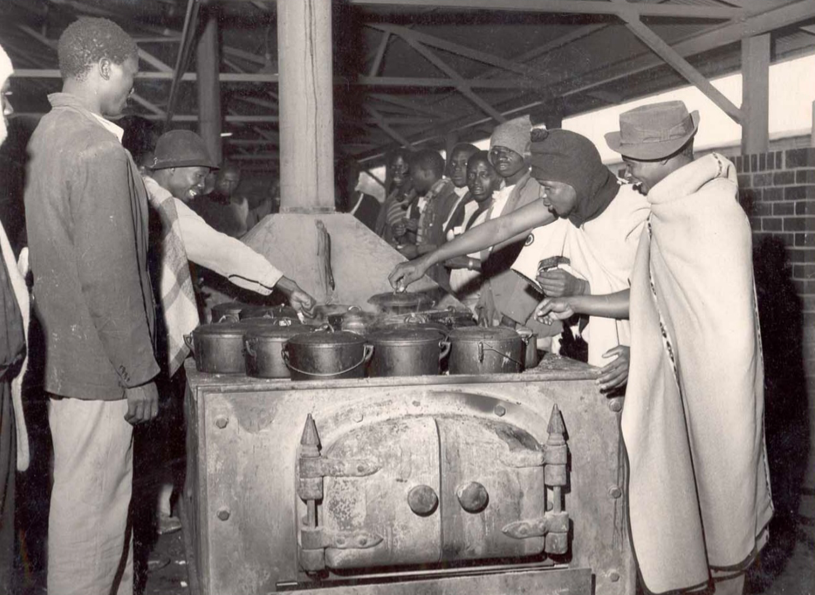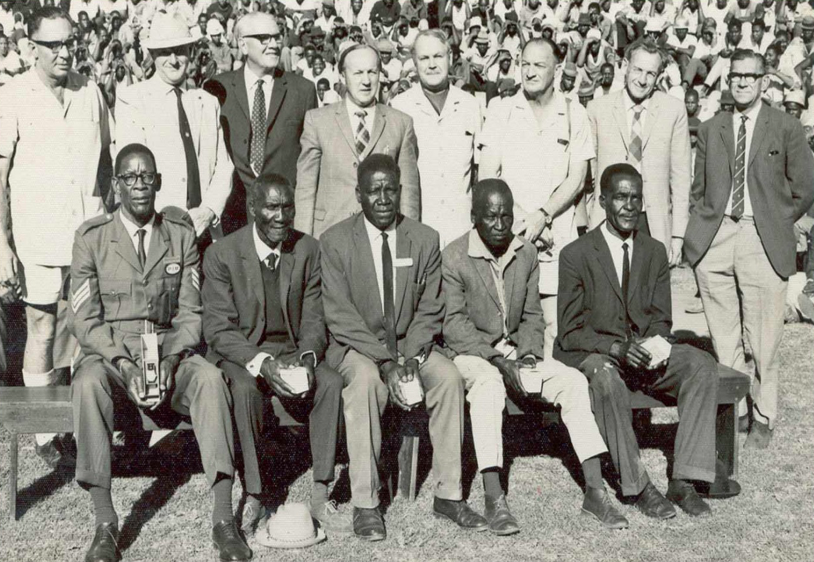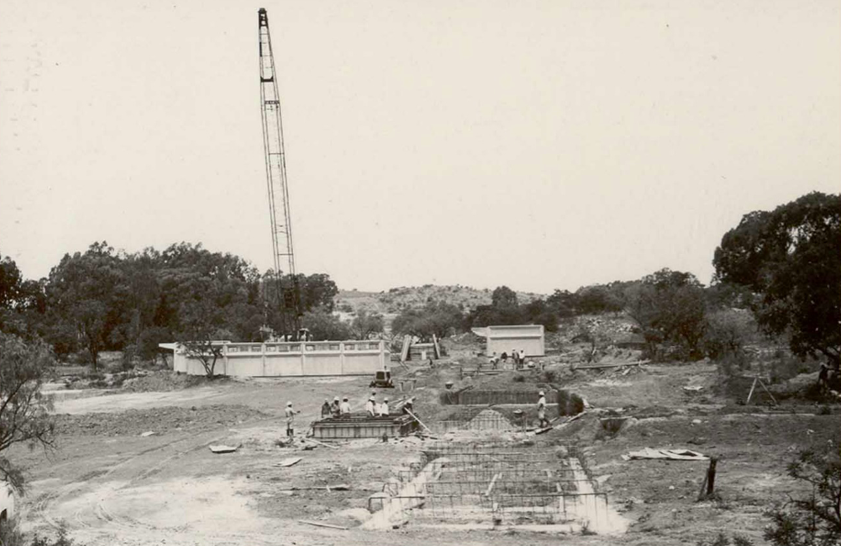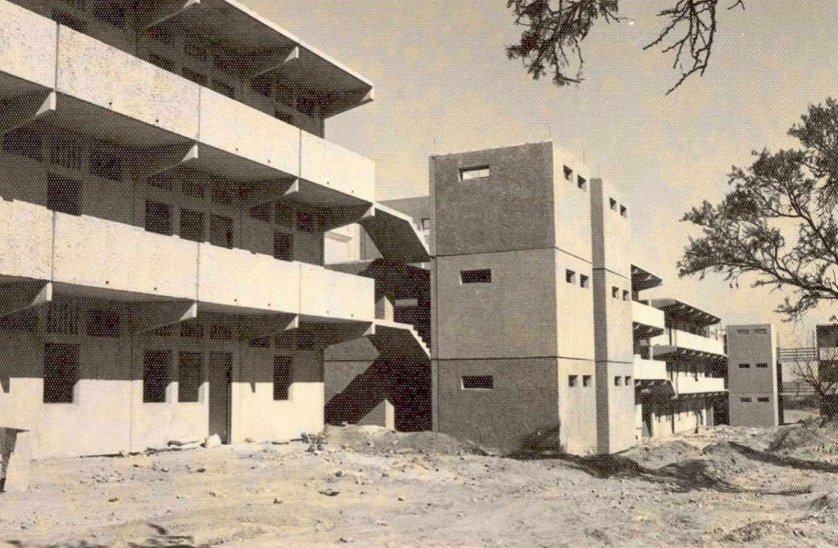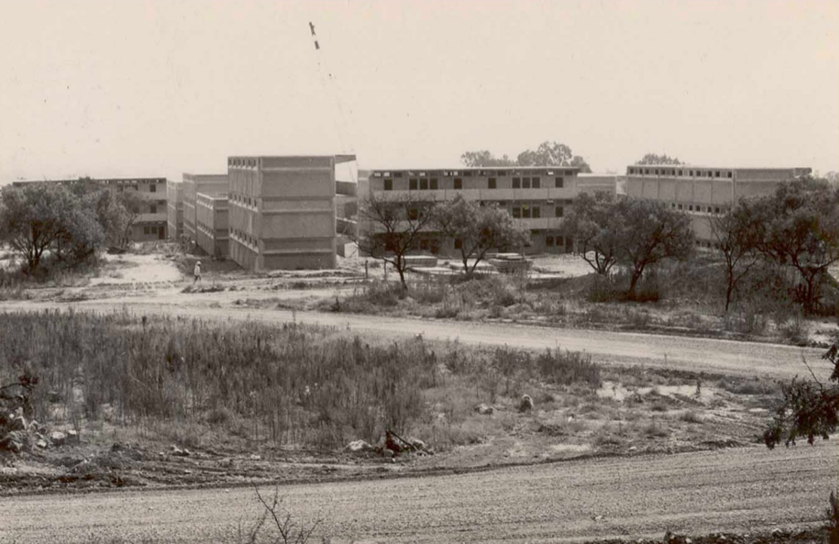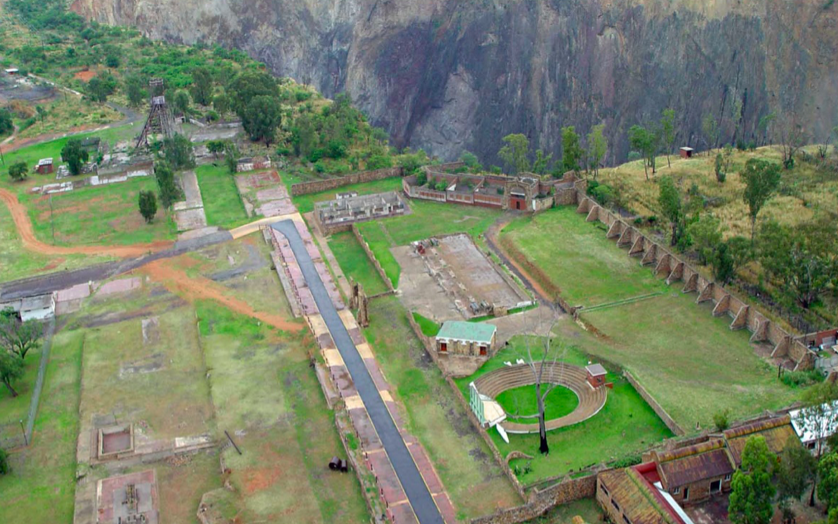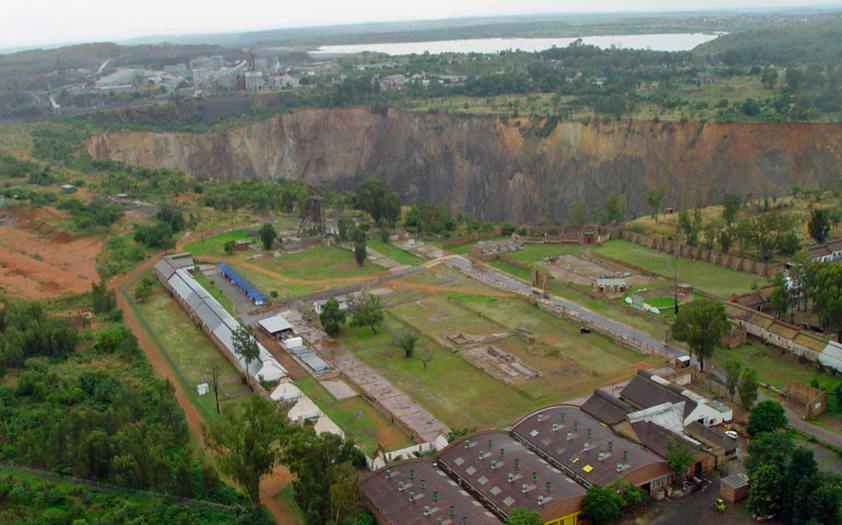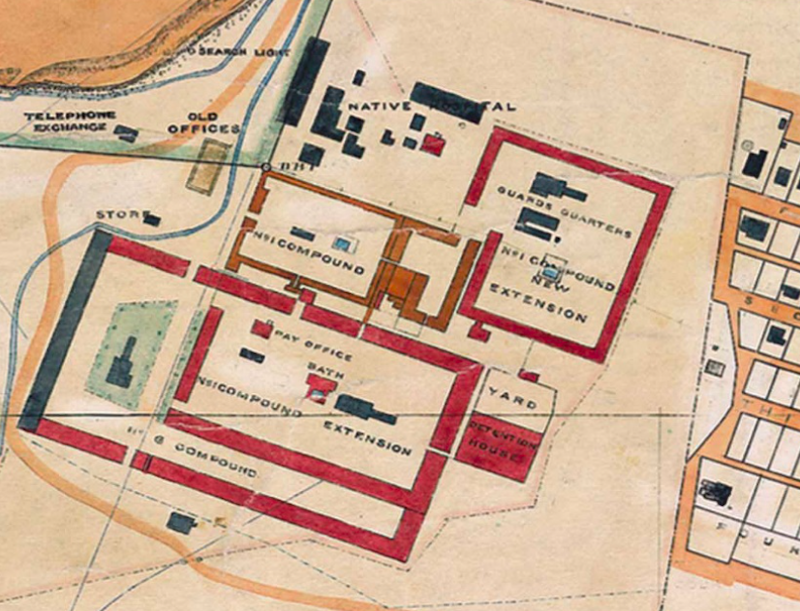
Disclaimer: Any views expressed by individuals and organisations are their own and do not in any way represent the views of The Heritage Portal. If you find any mistakes or historical inaccuracies, please contact the editor.
In the article below, John Lincoln reveals some of the history of the mining hostels of Cullinan. The piece is enhanced by a spectrum of photographs from the Cullinan Mine Archives. Click here to view the index of Lincoln's series on the history of Cullinan.
In the days before mass mechanisation the supply of sufficient men to enable the mine to process the vast amounts of material to liberate the diamonds was a problem. The mine recruited workers from all over South Africa as well as from the countries that bordered the Republic. To house these workers huge compounds were built. At one stage there were as many as 15 000 workers housed in the compounds. Due to internal fighting between the different ethnic groups the mine split the shifts along ethnic grounds and accommodated them in compounds according to ethnic groups.
In the early days the compounds were very basic with no bunks and with outdoor washing and cooking facilities. The compounds were closed compounds and the workers needed to cook for themselves. The food was bought from a store within the compound run by the Premier Mine Co-operative Society.
Gradually over the years the facilities within the compound improved and when the compounds closed in 1973, they boasted a bowls green, cinema and football fields.
Compounds circa 1912 (Cullinan Mine Archives)
Workers waiting to go on shift (Cullinan Mine Archives)
Workers travelling down to their workplace (Cullinan Mine Archives)
The men employed as compound guards circa 1906 (Cullinan Mine Archives)
New medical centre (Cullinan Mine Archives)
The 1957 compound renovations (Cullinan Mine Archives)
Offices and gate leading into the Mine (Cullinan Mine Archives)
Traditional dancing was a popular pastime with the compound residents. Evidence of the diversity of the residents is obvious from the different traditional costumes worn by the dancers.
Traditional dancing at the mine (Cullinan Mine Archives)
Unlike the gold mines, Premier Mine allowed the miners to purchase their own food and cook it themselves. The Premier Mine Co-operative opened a store inside the compound to cater to the workers' needs.
Cooking inside the compounds (Cullinan Mine Archives)
Safety was to play an important part in the mining of diamonds at Premier Mine. There were frequent functions at the compound to present safety awards.
Safety function at the mine (Cullinan Mine Archives)
In 1973 the mine decided to close the old compounds and open a new hostel. The photographs below show the hostel in its construction phase. This hostel is still in use today and is known as the “Chris Hani Flats”.
Construction of Chris Hani Flats (Cullinan Mine Archive)
Below are photographs of the compounds from above. The first shows two shaft (now abandoned). On the edge of the pit are the administrative offices and gate into the mine workings. Movies were shown in the amphitheatre at the bottom right of the photo and next to the open air theatre is the ticket office. The open air washing facilities, now mainly in ruins, can also be seen. In the second photo, across the open pit is the Cullinan Diamond Mine and Seven Dam.
The compounds from above (Cullinan Mine Archives)
Main image: Survey map dating from 1908 and updated every year until 1931 (Cullinan Mine Archives)
Comments will load below. If for any reason none appear click here for some troubleshooting tips. If you would like to post a comment and need instructions click here.

